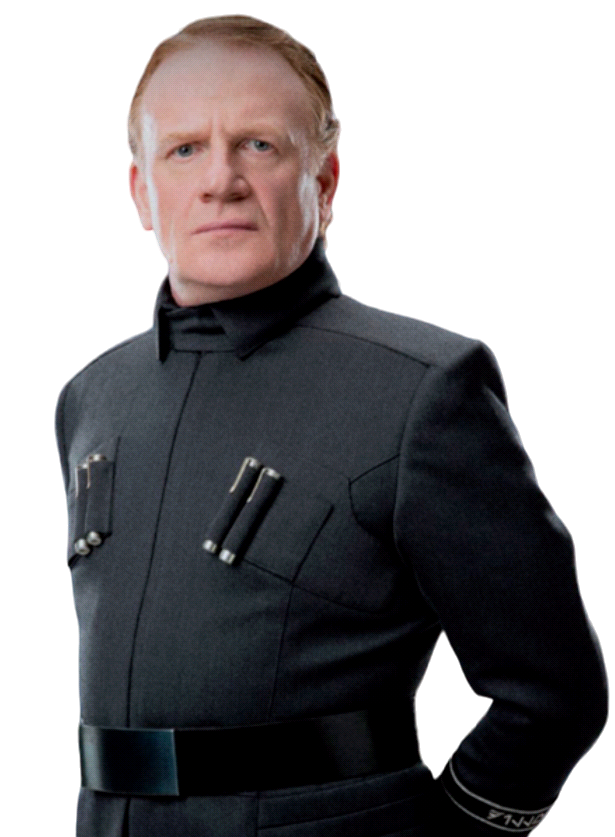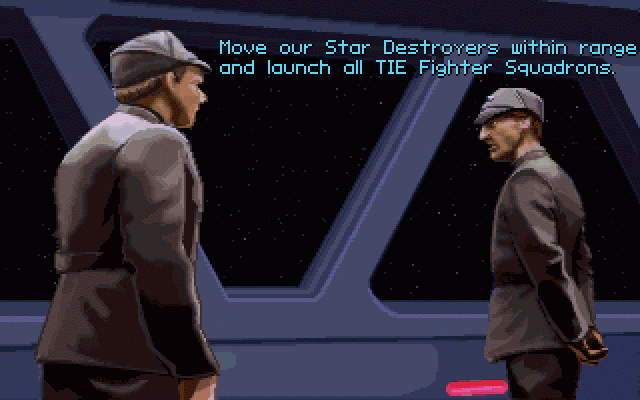Guardsman Bass wrote: ↑2017-12-18 12:24pm
I think it makes warfare fascinating. Combatants can mass fleets rapidly and move them around really quickly, but as Ender pointed out that leaves their own planets exposed to rapid retaliatory attacks. Couple that with the powerful theater and planetary shields from the Original Trilogy, and you end up with warfare centered around fleet-on-fleet actions and long sieges that tie up manpower and logistics (with occasional ground attacks like on Hoth).
This also makes the whole plot of the movie
extremely bothersome - Why didn't the FO call in reinforcements to cut off the retreating Resistance fleet?
Within this move, it is clearly shown that other ships can be called up and jump in and out. It'd have been trivial for them to do the same.
For some reason, after seeing this movie I'm feeling hollow and numb. Not sure why.
Anyway, my thoughts; such as they are:
Good:
As much as I didn't like the direction TFA took or the universe it set up, I like that this movie took that story and ran with it. I also like that this movie wrecked a bunch of the things the other movie set up - I read some complaints about Snoke, and while
I agree that he's go no backstory or purpose, this movie took him as a villain and just removed him. If I read it as a credit to the directors, it's because they wanted to get rid of the character to prevent him continuing into other films or being consequential at all. As a discredit, it's lazy elimination without explaining anything about him. The Resistance
started out way too small to be really relevant against the FO which started out too big; now the FO is in charge and the resistance is basically whoever could fit on the Millennium Falcon. Poe's X-wing got blown up. Rey/Ren are diametrically opposed (though I don't like the
why it's good that they
are).
Bad:
I do not like the constant rehashing of the old films in new ways. We didn't need the salt-Hoth scenes, the Downton Abby-Bespin, rocky-island Dagobah or the long sub-light chase (MF in TESB).
Especially when all those retellings were
extremely contrived situations. Nor did I like how silly they made space combat - never before have blasters fired in space arced, and having them fire straight as they always have wouldn't have taken anything away from the plot or appearance of the film. Ships jumping in and out on a pinpoint and communications across the galaxy are shown to be possible, yet no one calls in reinforcements or properly locates themselves in the first place? Giant, bloated, slow, Resistance heavy-bombers make no sense in light of B- and Y-Wings they (and the rebellion) have used before (and, on reflection, why are they still using A- and X- wings if it's 30 years later and the neo-Empire got all new stuff?), though the points about their bombs 'dropping' didn't bother me (I figured the bombers had some kind of repulsor setup to drop them and the door had a screen we couldn't see). I still don't like the scale disparity between the Resistance and the FO, but at least since the film ran with it it
is continuity. Hypertracking - so... if the FO should know the MF saved the resistance, the whole resistance is relying on Chewie's ability to outrun them without
also running out of fuel?
Unclear but consequential:
It seems like they clearly defined space combat as never before in SW. The Resistance cruiser was faster (sublight) than the FO ships, and could thus stay out of effective range of their weapons (ok, they've got max range, maybe it's a energy falloff thing NBD). Fuel consumption sublight is a thing, and it is
separate from hyperspace fuel as that cruiser jumped with
minutes of sublight fuel remaining. Hyperspace ramming is a thing now, but I interpreted what happened not as the cruiser
accelerating through the SSD, but rather re-entering space
within it (Micro-jump to the space the SSD occupied). Why this tactic wasn't used against other high-value targets in the series (or even just earlier in the chase) when crew are such a valuable commodity I do not understand. Fighters are able to bypass shields (which we thought we knew but now we
know), but being too far away from their mother ships is bad for survivability. Again, why
in this case fighter survivability was even considered is beyond me - with 3 fighters wrecking the remaining cruiser easily, the FO should have just deployed the few
thousand they likely had onboard and been done with it. The old Rebel base had planetary shields, and a wall that could resist the worm-superlaser pretty well. So they landed walkers because the planetary bombardment ship was blown up and the other ships couldn't have done the job, I guess.
All in all, very weird. It's telling a story, but it's like they should've just done a hard reboot. Someone else said; we spent
all that time rooting for the Rebellion, just to see the fruits of that time wasted as total failure and nothing to show for it. And I haven't connected with the new characters yet because they're ridiculous superheroes with powers inexplicably beyond anything any character I knew ever did.



